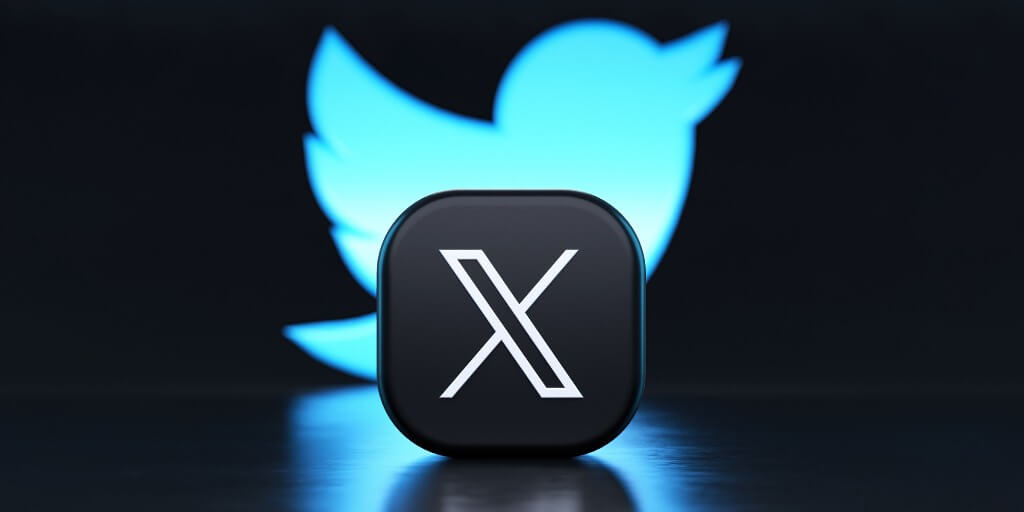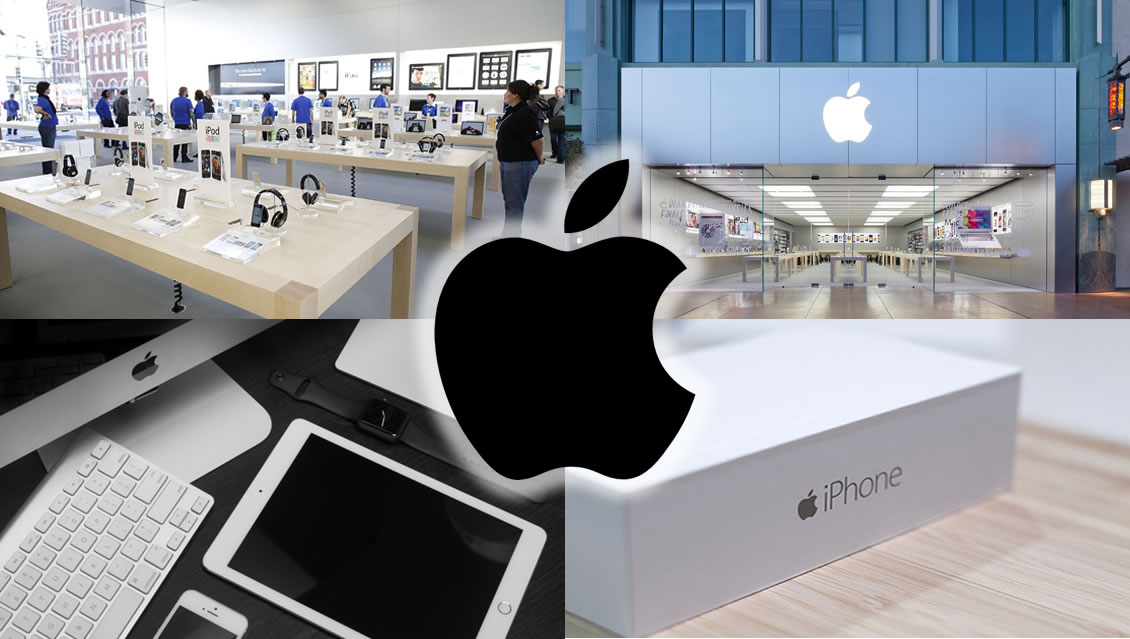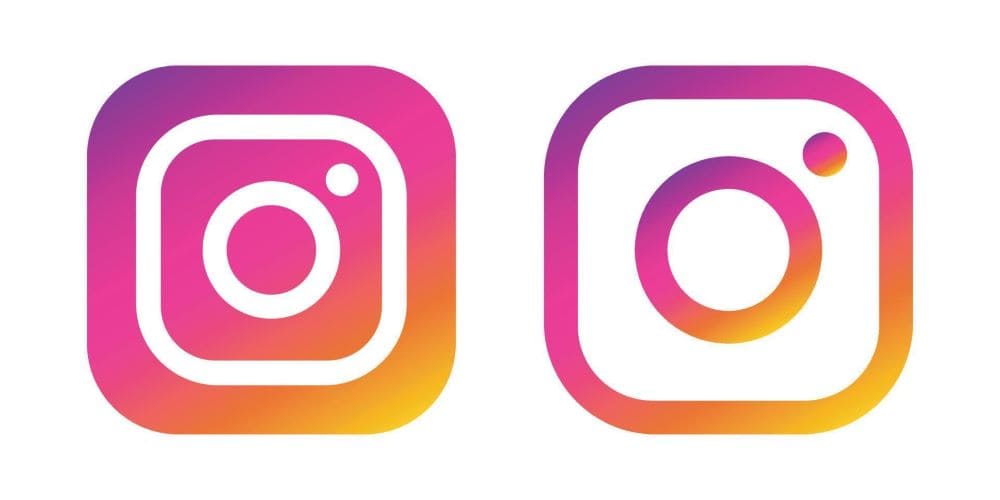In this article we are going to be looking at minimal logo design and answering the question of Are Logos Better Simpler?
75% of customers think a brand logo is the most identifiable part of a business – a good brand logo design can work wonders. 60% of consumers also think a brand’s visual style is essential for brand recognition. So, again, a good logo can work wonders.
Logos are essential in representing a company’s identity and values. There has been a shift towards more simplified logos over time.
But is this fad beneficial for businesses? Read on to find out.
Table of Contents
What Makes a Logo Design Good?
A good logo should be visually appealing and represent a brand’s identity and values.
As Andrew the owner and founder of the logo creative states:

“A Logo is a company’s unique visual identifier, it must be simple work well in black and white, be memorable, versatile, resizable and timeless.”
– Andrew Marriott – The Logo Creative™
So a successful logo must be simple, memorable, timeless, versatile, and appropriate. There’s actually a lot to it, and thinking about the best logo must be one of the most time-consuming parts of setting up a business.
It has to stick – it’s rare for brands to change their branding as they become popular. And if they do, there’s usually public outrage. Take Twitter and the rebrand to X – it didn’t exactly go down well.

Simplicity means that the logo can be easily recognised across different platforms. Memorable logos help consumers recall brands easily. Versatility suggests that the logo appears great irrespective of where it’s placed or how small it’s printed in different contexts, like business cards or on a hoodie – if you’re not sure where the logo should go, you can easily find a placement guide online that will help you know where’s the right placement.
The Psychology Behind What Consumers Want
The psychology behind what consumers want plays a massive part in how to design a logo.
People have a natural inclination towards things that are easy to process and comprehend. Simple logos reduce cognitive load, making remembering and recognising brands easier for consumers. Minimalist designs create trustworthiness and reliability – you get the impression the brand isn’t too eclectic.

For example, the Apple logo is clean-cut, giving the impression of being sophisticated and perfectly aligning itself with the brand’s identity. Colour also plays an important role. Colours can provoke emotional responses and connotations, which reinforce branding messages.
Read more about Colour Phychology in Logo Design.
Still, even with a good brand logo, consumers generally want to use brands that have an overall good brand image. They want to connect with and feel emotion. But the emotional side of shopping is another article entirely.
Are Small Logos Better?
So, we best get to it and answer the question – are small logos better? Small logos should be simple for them to remain clear and forceful.
Simpler logos with neat lines and few details still have clarity, even in small sizes. They’re easy to design and easy to adapt – it doesn’t matter where you’re putting your logo; it won’t look out of place. That’s especially true for mobile apps or social media icons, where there is little space – the logo should be seen and recognised immediately.

The simplicity of Twitter’s X or Instagram’s camera icon means they work regardless of size. That’s the sort of vibe you should be looking for.
The only downside we can think of is that small logos can sometimes be insignificant, which is why the rest of your branding is just as essential.

The logo is what people recognise, but consumers instantly associate the brand with a memory – a good item of clothing they bought, hot and salty McDonald’s fries. The brand logo is only part of the branding narrative.
So, to sum it up, simple logos are better. You don’t want an in-your-face logo. But more than anything, we’d say logos should focus on brand relevance and helping consumers connect meaning to the brand. A well-designed, simple logo that resonates with the brand’s image is the overall aim.
Just like Andrew -The Logo Creative™ states A Logo is a company’s unique visual identifier!
With all that said a logos main function is to identify not to explain, so simplicity is key in logo design!
Join The Logo Community
We hope this article has answered the question of Are Logos Better Simpler?. If you would like more personal tips, advice, insights, and access to our community threads and other goodies, join us in our community.
You can comment directly on posts, access our community threads, have a discussion and ask questions with our founder Andrew.
If you’re looking to learn more about brand strategy, we highly recommend eRESONAID with our friend and acclaimed brand strategist and author Fabian Geyrhalter, it’s packed full of knowledge and insights you will need to learn to become a brand strategist or apply what you learn within your own business.


Author Bio
Andrew Marriott is the owner and founder of The Logo Creative™. He has over two decades of experience designing logos and specialising in branding for companies worldwide.
FAQ – Are Logos Better Simpler?
Why are simpler logos often more effective?
Simpler logos are often more effective because they are easier to recognize and remember. They can be quickly processed by the human brain, making them more impactful in creating a lasting impression.
Do simple logos work better across different media?
Yes, simple logos tend to be more versatile and work better across various media. They are easily scalable, meaning they look good on everything from business cards to billboards, and are more adaptable to digital formats.
Can a complex logo ever be effective?
While simpler logos are generally more effective, complex logos can be successful if they are designed thoughtfully and used in contexts where detail is appreciated. However, they may not have the same level of versatility and instant recognition as simpler designs.
How does simplicity in logo design affect branding?
Simplicity in logo design helps in creating a strong, clear brand identity. A simple logo can communicate the essence of a brand in a straightforward manner, making it easier for customers to associate the logo with the brand’s core values and message.
What are some examples of successful simple logos?
Some examples of successful simple logos include Apple, Nike, and McDonald’s. These logos are iconic and easily recognizable, demonstrating how simplicity can lead to effective branding.

